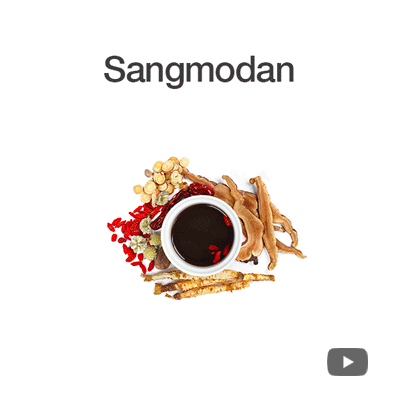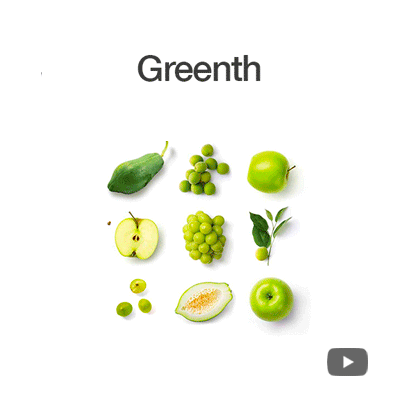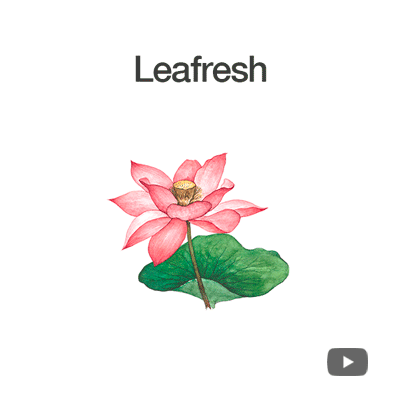Chamomile Extract
#chamomile #anti-inflammatory #anti-oxidant
- INCI Name
- Anthemis Nobilis Flower Extract
- IECIC Name
- ANTHEMIS NOBILIS FLOWER EXTRACT
- Efficacy
- Brightening, Anti-aging, Anti-oxidant, Anti-inflammation, Hair Care
- Certification
-

Anthemis
nobilis, a synonym of Chamaemelum nobile, is native to southern and western Europe and
cultivated across Europe and in other temperate regions. It has daisy-like
white flowers and procumbent stems. It is commonly known as Roman chamomile,
English chamomile, garden chamomile, and ground apple. The genus Chamaemelum came from the Greek, ‘earth-apple,’
describing the apple-like scent of the plant.
Romans and Greeks used it similarly to
treat skin infections and inflammations, as well as a beverage and incense.
Especially chamomile infusion is effective in sterilizing a face, and facial
steam with chamomile vapor is also good for sensitive skin. It also can be used
as a shampoo.
Chamomile has a rich history of use in
herbal medicine, mostly with anti-inflammatory and sedative effects. Systematic
analyses revealed its immunoregulatory functions both in vitro and in vivo,
addressing the inhibition of LPS-induced PGE2 release and the reduction of
COX-2 activity. More recently, its caffeoyl derivatives were identified and
verified as anti-inflammatory agents containing a rare octulosonic acid
skeleton.
- Recommended Product
-
 #4 TKM plants #hair care #scalp care BotaCair
#4 TKM plants #hair care #scalp care BotaCairSophora Flavescens Root Extract, Scutellaria Baicalensis Root Extract, Coptis Japonica Root Extract, Morus Alba Bark Extract
-
 #11 TKM plants #anti-oxidant #hair growth Sangmodan
#11 TKM plants #anti-oxidant #hair growth SangmodanSophora Flavescens Root Extract, Capsicum Annuum Fruit Extract, Lycium Chinense Fruit Extract, Camellia Sinensis Leaf Extract, Angelica Gigas Root Extract, Angelica Dahurica Root Extract, Rubus Coreanus Fruit Extract, Morus Alba Root Extract, Pinus Palustris Leaf Extract, Lithospermum Erythrorhizon Root Extract, Polygonum Multiflorum Root Extract
-
 #4 green fruits #skin exfoliation #skin barrier Greenth
#4 green fruits #skin exfoliation #skin barrier GreenthCarica Papaya (Papaya) Fruit Extract, Pyrus Malus (Apple) Fruit Extract, Prunus Mume Fruit Extract, Vitis Vinifera (Grape) Fruit Extract
-
 #lotus leaf #anti-pollution #anti-senescence Leafresh
#lotus leaf #anti-pollution #anti-senescence LeafreshNelumbo Nucifera Leaf Extract
- Product Inquiry








